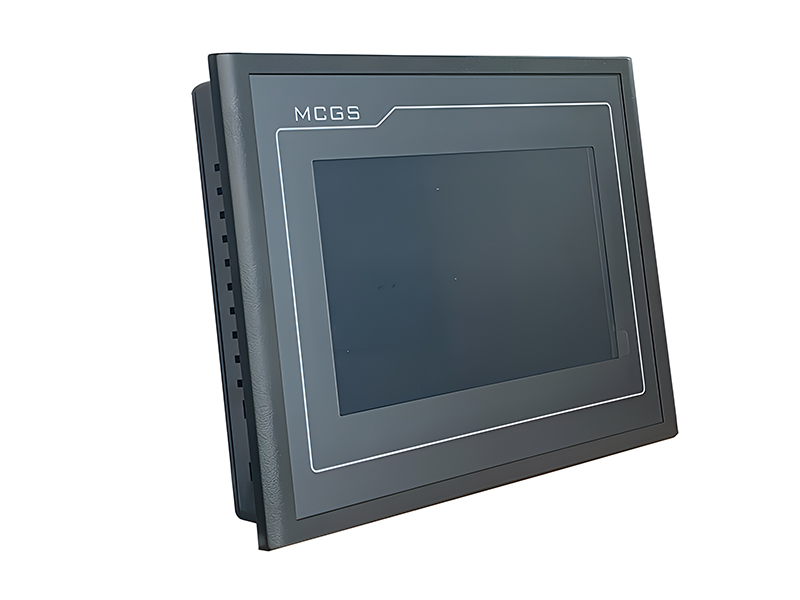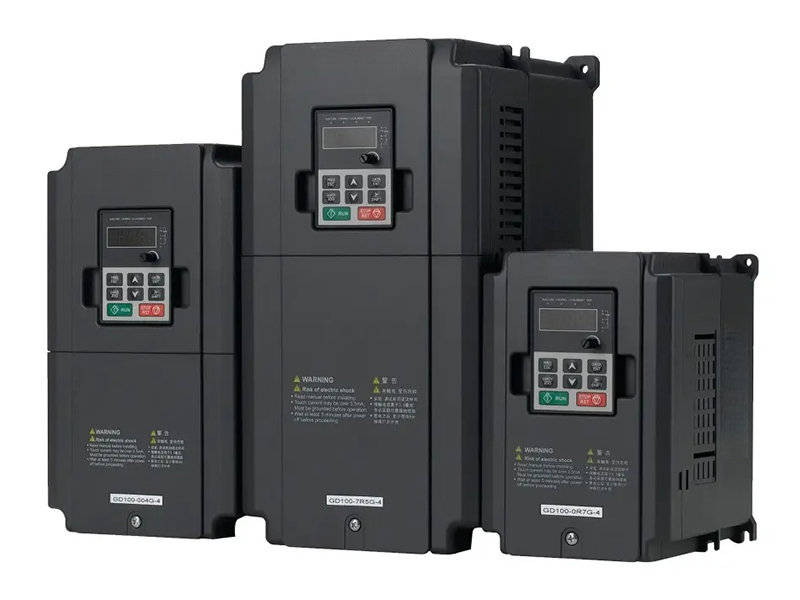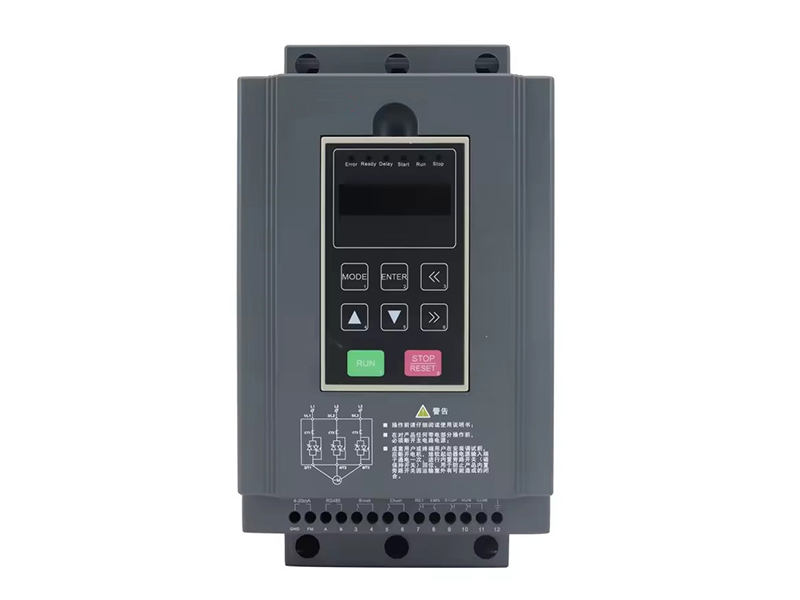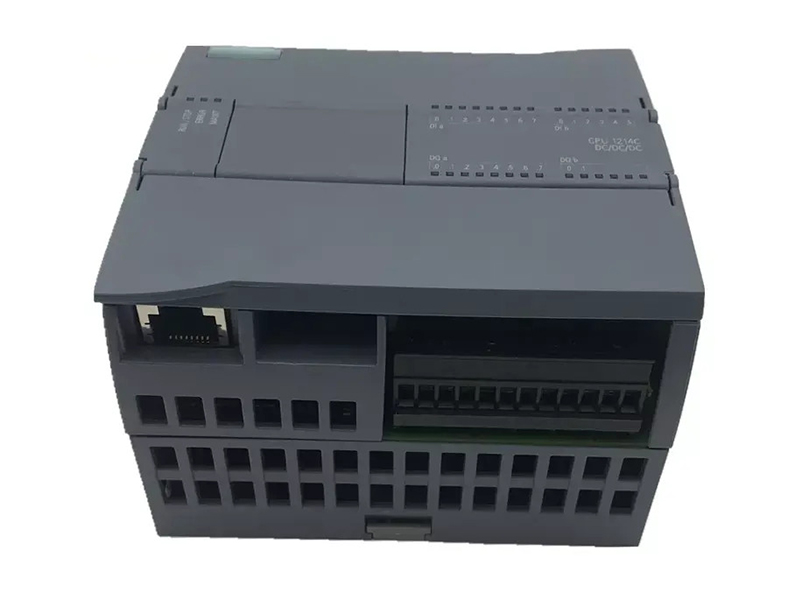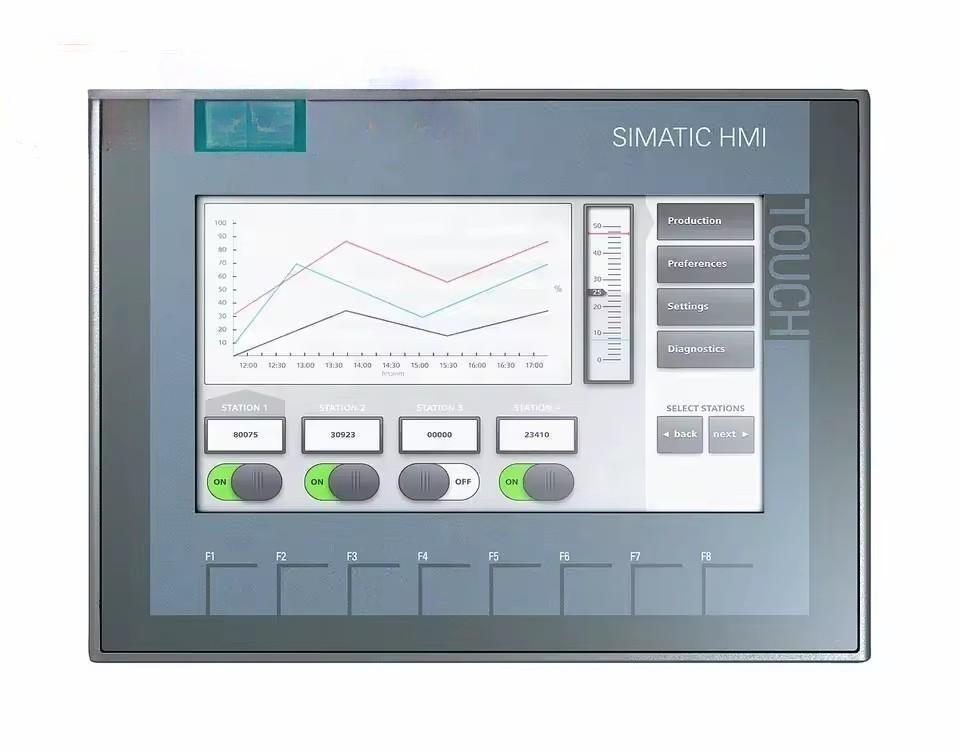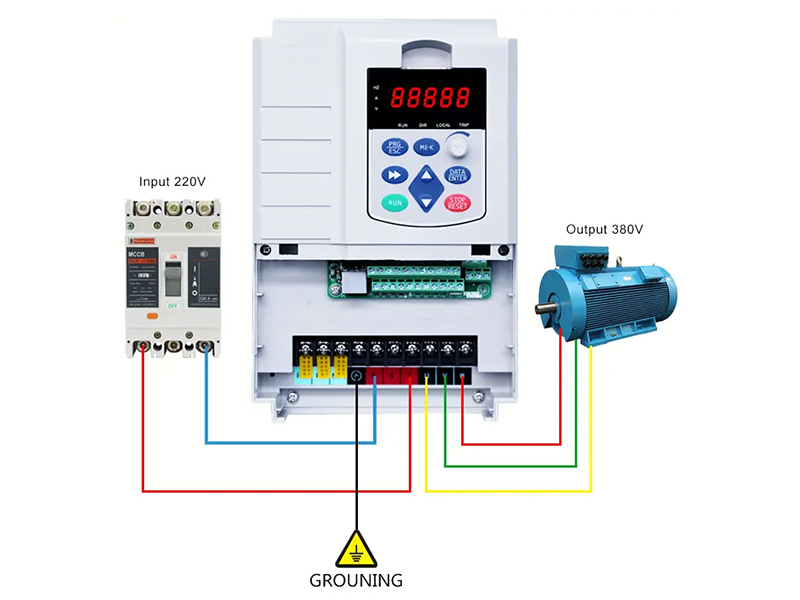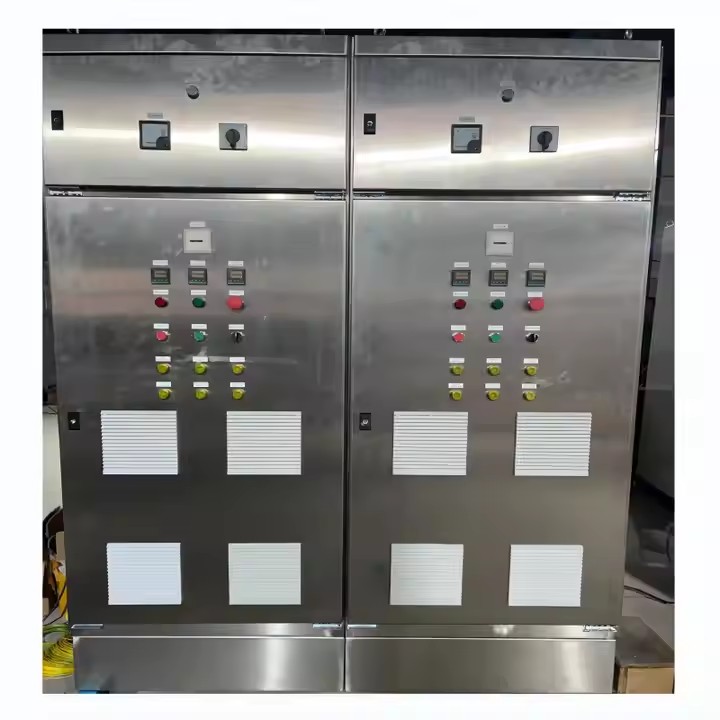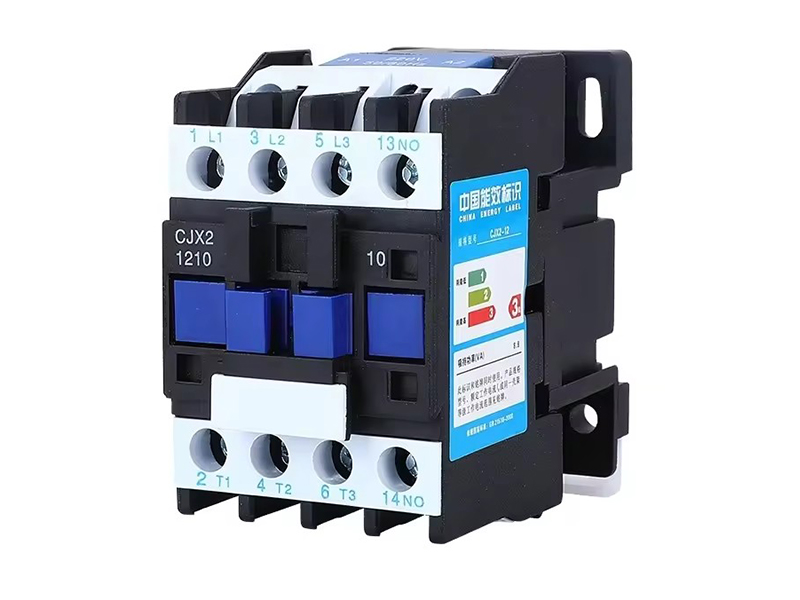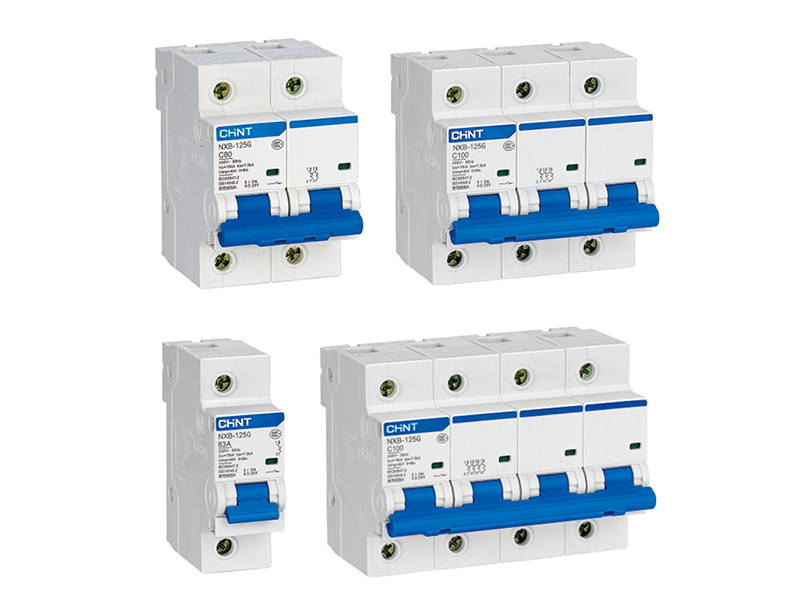
Human-machine interface (HMI) is a crucial component in the field of automation and control systems. It serves as a bridge between the machine and the user, enabling effective communication and interaction. HMI has found widespread applications across various industries, such as manufacturing, energy, transportation, and healthcare.
In manufacturing, HMI is used to monitor and control production processes. It provides operators with real-time information about machine status, production data, and any potential issues. This enables quick decision-making and efficient problem-solving, leading to increased productivity and reduced downtime.
In the energy sector, HMI is employed in power plants, solar panels, and wind turbines to monitor energy production and manage power distribution. It collects data on energy output, equipment performance, and any malfunctions, enabling operators to make informed decisions about energy generation and distribution.
Transportation is another field where HMI can play a pivotal role. In airports, HMI is used to manage flight operations, display flight information, and control airport facilities. They provide real-time updates on flight status, weather conditions, and gate information, ensuring smooth passenger flow and on-time departures and arrivals.
In the healthcare industry, HMI has found applications in patient monitoring, medical device control, and hospital management systems. They enable real-time collection of patient data, such as vital signs and medication intake, providing doctors and nurses with crucial information for effective treatment decisions.
In addition to these industries, HMIs are also used in smart homes to control lighting, heating, cooling, and other home appliances. They provide a convenient interface for homeowners to manage their home environment, save energy, and enhance their living experience.




